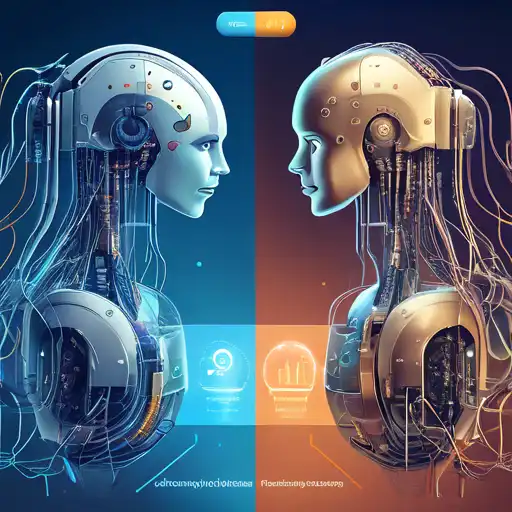Introduction to Machine Learning and Deep Learning
In the rapidly evolving field of artificial intelligence (AI), Machine Learning (ML) and Deep Learning (DL) stand out as two of the most significant and talked-about technologies. While they are often used interchangeably, they are not the same. This article delves into the key differences between machine learning and deep learning, helping you understand which technology might be best suited for your needs.
What is Machine Learning?
Machine Learning is a subset of AI that enables systems to learn and improve from experience without being explicitly programmed. It focuses on the development of algorithms that can process data, learn from it, and then make a determination or prediction about something in the world.
Types of Machine Learning
- Supervised Learning: The algorithm learns from labeled data.
- Unsupervised Learning: The algorithm learns from unlabeled data.
- Reinforcement Learning: The algorithm learns through trial and error to achieve a clear objective.
What is Deep Learning?
Deep Learning, a subset of machine learning, uses neural networks with many layers (hence the 'deep' in deep learning) to analyze various factors of data. It is particularly effective in processing unstructured data like images and speech.
Key Features of Deep Learning
- Automatic Feature Extraction: Unlike ML, DL can automatically detect the important features for classification.
- Large Data Requirements: DL requires significantly more data than ML to perform well.
- Computational Intensity: DL models are computationally intensive and often require GPUs for training.
Machine Learning vs. Deep Learning: The Key Differences
While both ML and DL are used to make sense of data, their approaches and applications differ significantly. Here are some of the key differences:
- Data Dependency: DL requires large amounts of data to perform well, whereas ML can work with smaller datasets.
- Feature Engineering: In ML, feature extraction is manual and requires domain expertise. DL automates this process.
- Interpretability: ML models are generally easier to interpret than DL models, which are often seen as black boxes.
- Computational Resources: DL models require more computational power and resources compared to ML models.
Choosing Between Machine Learning and Deep Learning
Deciding whether to use ML or DL depends on several factors, including the size of your dataset, the complexity of the problem, and the computational resources at your disposal. For simpler problems with limited data, ML might be the better choice. For complex problems with large datasets, DL could offer more accurate results.
Conclusion
Understanding the differences between machine learning and deep learning is crucial for anyone looking to leverage AI technologies. While both have their place in the AI ecosystem, choosing the right one depends on your specific needs and resources. For more insights into AI technologies, check out our AI Basics section.
